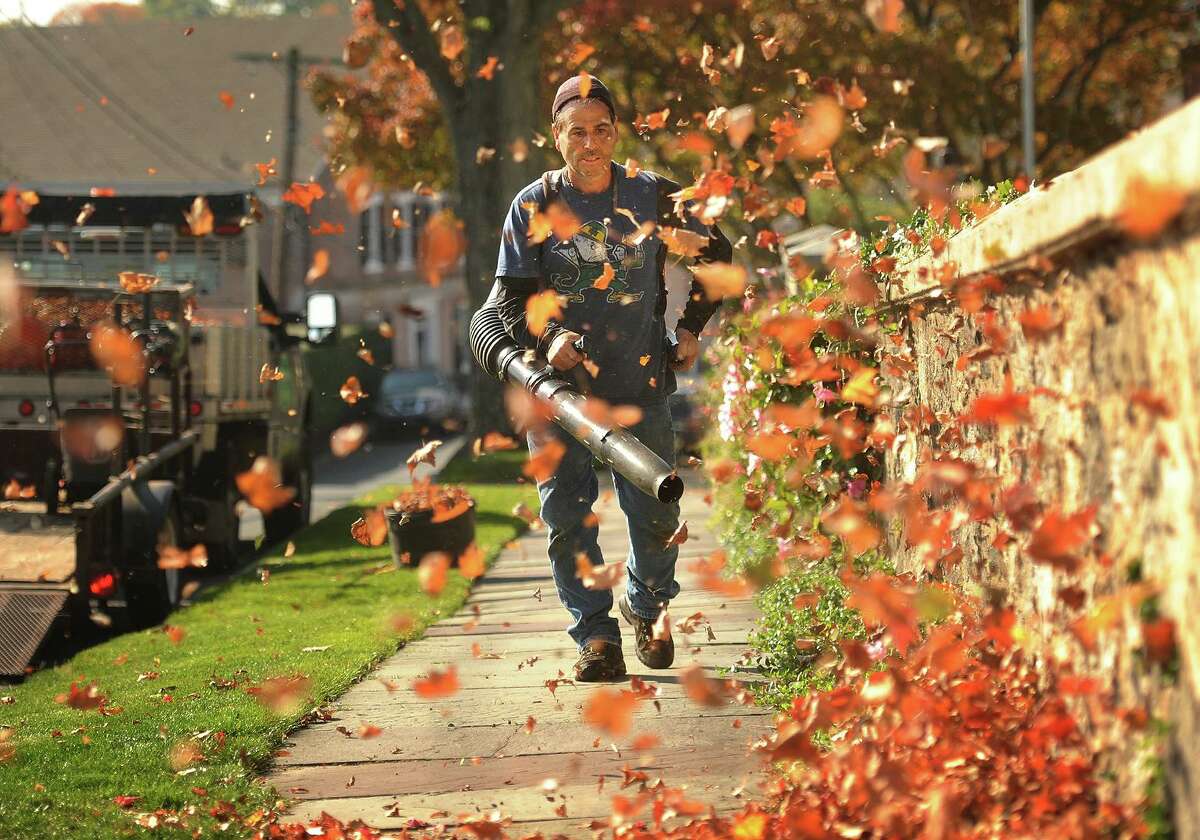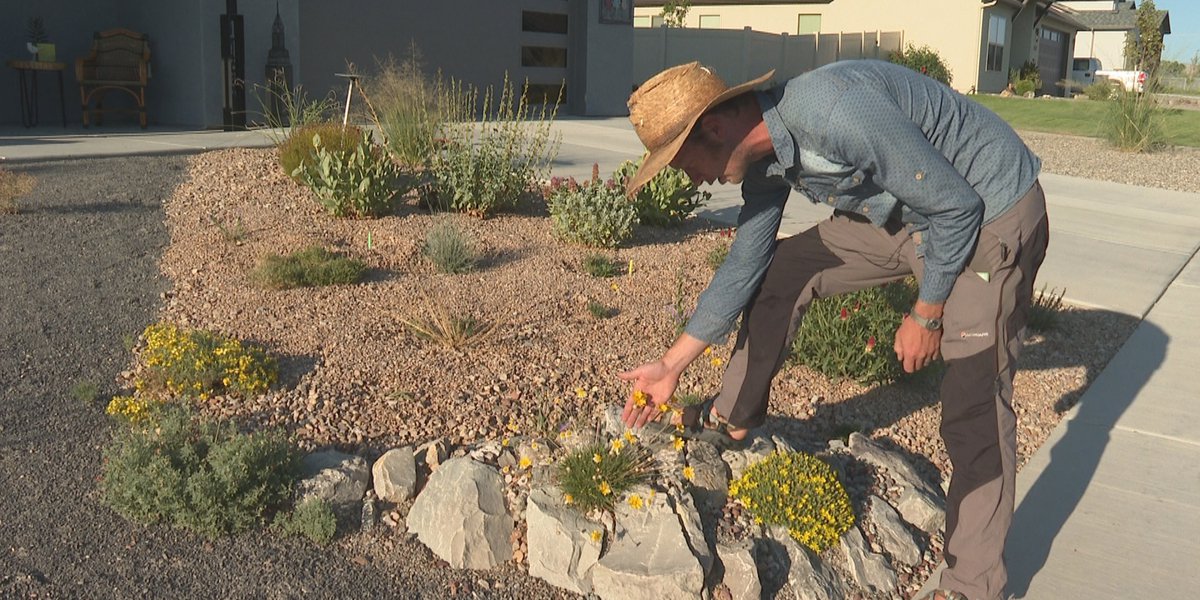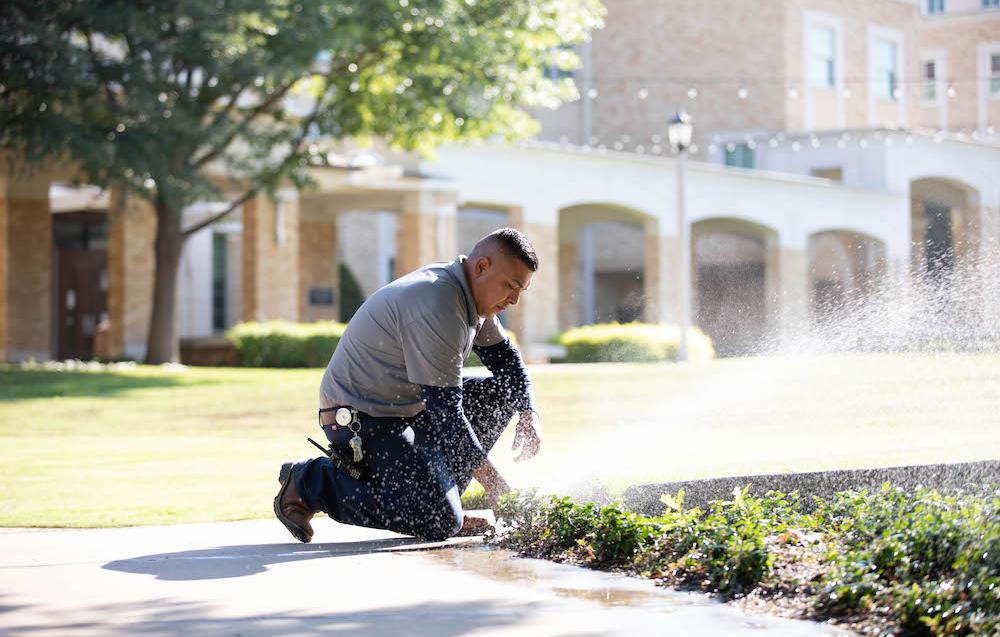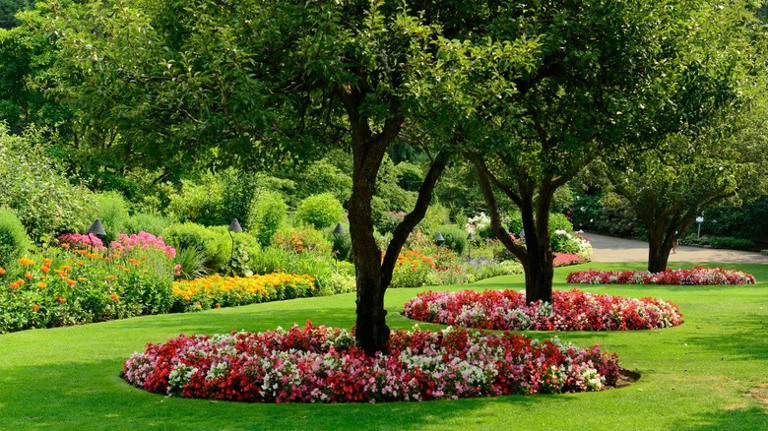December isn’t the coldest month of the year for South Florida, but it is a good time to begin preparing your plants. You typically won’t have to contend with extreme cold or snow – unless there’s a freak storm – but there are precautions you need to observe with some of your landscape plants.
Mulch
A good layer of mulch is beneficial at any time of the year. It aids in preserving moisture and provides protection for hardier plants.
Sensitive Plants
For those that are highly sensitive to temperature changes, be prepared to make room for them in your house. Depending on the plant, a garage may also provide sufficient protection. This is easy to do if they’re in containers. If bringing them in to a warmer environment isn’t feasible, temporarily cover them with a tarp if you experience a cold snap. Be sure to weigh it down at the bottom in case there’s a stiff breeze and uncover the plant the next day or when the temperature warms enough.
Pruning
Pruning during the “cold” time of the year when trees and shrubs are dormant is the best practice. For flowering trees and bushes that don’t bloom in the spring, January is the best time for pruning. It’s also a good time to prune deciduous fruit trees such as Asian pears, peach and plum.
Roses
If you’ve managed to successfully cultivate roses, the early months of the year is best for trimming and pruning. After trimming, a light application of fertilizer is a good idea and be sure to mulch. The mulch will help keep fertilizer in place and retain moisture.
Flower Beds
You can plant cold tolerant annuals such as pansy, petunia, snapdragons, and dianthus during this time. If you decide to enter plants that have bulbs, be sure to add a layer of mulch. Be aware that bulbous plants will require routine watering to help them get established.
Vegetable Gardening
You can still enjoy fresh veggies during the winter. Many cold hardy vegetables can be grown such as carrots, cabbage and cauliflower, along with some potato varieties. Be prepared to cover them if there’s a cold snap.
Contact RCH Landscaping Today for a Free Estimate




